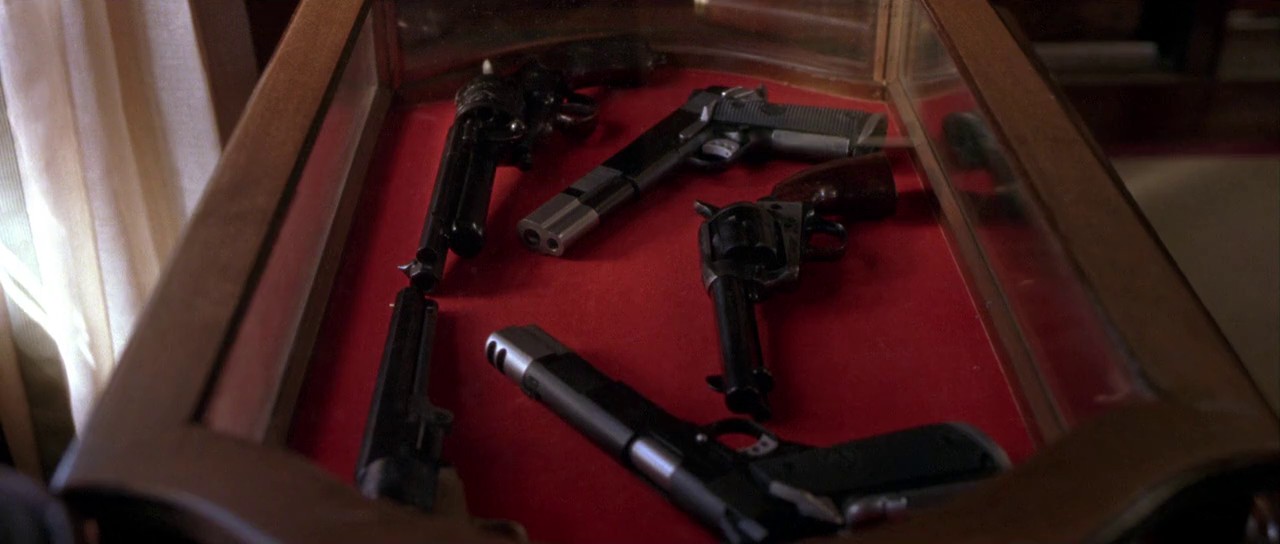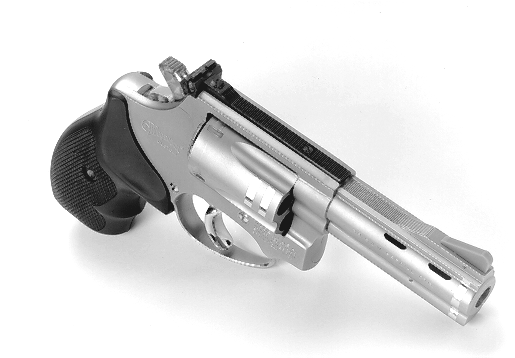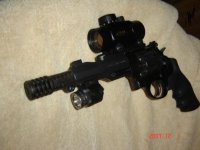I'm a little confused between the two terms as I have seen many people use these words interchangeably. To my knowledge (and please correct me if I'm wrong), something "compensated" is when material is taken out in order to balance the weight of a gun and "porting" is a smaller cutout(s) in the barrel and slide in order to redirect chamber pressure in order to reduce felt recoil.
Your input is appreciated, thanks.
Your input is appreciated, thanks.






